Solar Battery is useful, but not saving money every time.
The battery bank in a solar system is used to store energy for consumption at night or on rainy days. Sometimes, the battery bank can also be a backup power supply to keep the whole system running.
It depends on your actual demand and your desire.
Do you really need Solar Battery?
In general, there are three types of solar systems, on-grid, off-grid, and hybrid. The inverters used in these three types are different, so please pay attention to the differences.
On-Grid Solar System
When more power is generated than consumption, the excess power is fed directly into the grid. Oppositely, we get the power from the grid.
Theoretically, an on-grid solar system does not need any batteries.

Recently, Feed-in Tariffs (FIT) reduced. A lot of people choose to build their own battery banks for daily consumption to reduce electricity bills, which is a good choice.
But if your solar system is on-grid, and the FIT is good, it is not necessary to add a battery bank.
Off-Grid Solar System
Because of the isolation from the grid, the off-grid solar system is a small, independent system. All required energy must be from its own. So the battery bank should provide sufficient energy or a backup power source such as a generator will be required.

Since solar energy is highly affected by the weather and sunlight, wind and solar hybrid system is also a good option.
In an off-grid solar system, the battery bank is very important, even more important than the solar panel array.
Battery Bank is very important for an off-grid solar system.
Hybrid Solar System
Here hybrid solar system refers to on-grid and off-grid hybrid, not wind-solar hybrid.
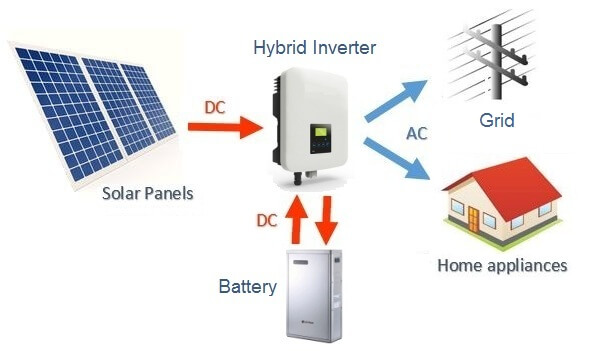
The biggest advantage of a hybrid solar system is that if the grid fails, we will still have our own electricity to use.
Hybrid solar system is ideal for areas where the grid is not so stable. If the grid is uninterrupted and nearly perfect, then a battery backup system does not seem to be necessary.
Unless there are important devices that are not allowed to be off. It works similarly to a UPS system.
Commercial, Residential, and Vacation Cabin
Most commercial solar systems are on-grid because the energy is consumed at the same time as the energy is produced, which is during daylight hours.

For residential use, we usually choose solar to save money on electricity bills or go for clean energy for eco-friendly purposes.
In the first case, the solar system could be also called an “investment”. Depending on local weather conditions and policies, we will need to calculate how long it would take to pay back the cost of the whole solar system. After that, all the earnings are benefits.
If it’s the second, it’s all about how much you can afford, and how much you want to take. I know a number of friends who enjoy a renewable energy system purely for its own sake.
If it’s for a vacation cabin, and it is far away from the grid. As a small off-grid system, a battery bank is necessary.
Considering the fact that we only go there on vacations, no time for maintenance, and low frequency of use, Deep Cycle AGM batteries (A type of Sealed Lead Acid Battery) are probably the most preferred option.
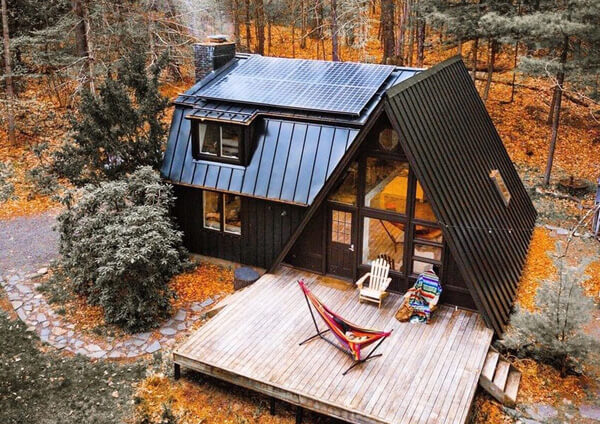
Would you like to spend time on your Solar Battery?
The most traditional battery-flooded lead-acid batteries require regular maintenance and additional water. It needs maximum maintenance.
It means we need to spend a lot of time and effort, but of course, outsourcing to a professional is a good option.
VRLA Deep Cycle batteries will work for 3-5 years, and require voltage and damage checks. Only a few time will be required, much less than flooded batteries.
With a lower budget, deep-cycle AGM battery is recommended.
LFP (LiFePO4) batteries could save a lot of time and effort, it will enable you to concentrate more on your career and family.
LiFePO4 is the safest option in lithium technology. With a much better cycle life, it is widely used in a huge range of applications. Especially, the “blade battery” developed by BYD, can withstand pinprick tests without burning.
There are some integrated solutions from famous brands such as TESLA, the battery can be used as a common household appliance, requiring no maintenance. It is a beautiful, wall-mounted type that requires very little room. The only thing is, it is still expensive.
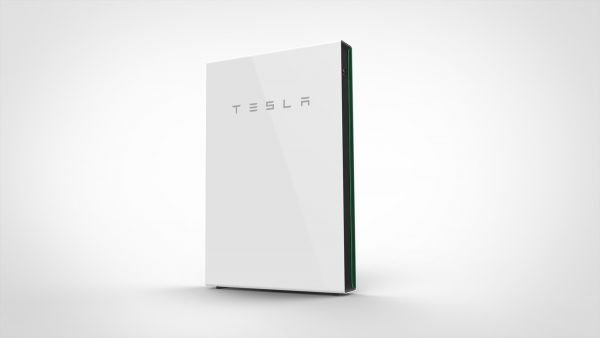
Alternatively, we have also developed our Residential Powerwall, cost-effective, and compatible with most of the inverters in the market.
For home energy storage, there are also Residential Stack Cubes, ES Box, and Rack-Mounted Modular batteries.
Relatively, a lower-cost solution is the 12V, 24V MonoBlock LiFePO4 battery, designed as a drop-in replacement for VRLA battery. It is a very nice alternative to the original lead-acid battery replacement.
Options for Different Scenarios
Residential
MonoBlock LiFePO4 Battery for 12/24V System
The most cost-effective battery in the long term, expected to work for 10 years or more.
Drop-in replacement for lead acid batteries.
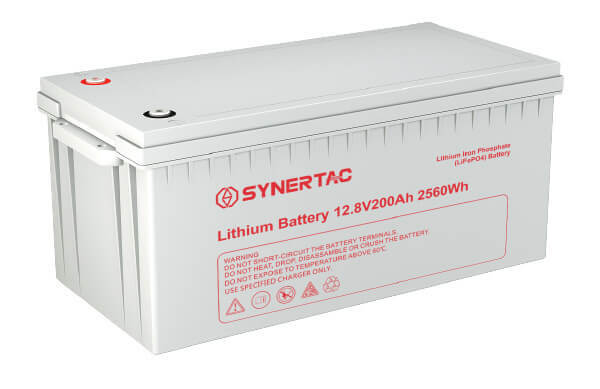
Renowned All-in-One Solution
No maintenance, good-looking, only expensive.

Residential Powerwall
No maintenance, data monitoring, communication function, cost-effective.
Residential Stack Cubes
Stackable, Less space, Higher Energy. Also offers an option of inverter integrated.
Server Rack Modular LiFePO4 Battery
Fit in 2U, 4U standard rack systems, scalable.
Deep Cycle AGM/Gel Battery
Still, for a lot of families, deep cycle AGM/Gel battery is stable and affordable.
Off-Grid Solar Project
Here we are referring to projects with large energy storage demand, such as 96V, 110V, 220V, higher voltages, and capacities of 1000Ah, 5000Ah, 10,000Ah, and more. (MWh)
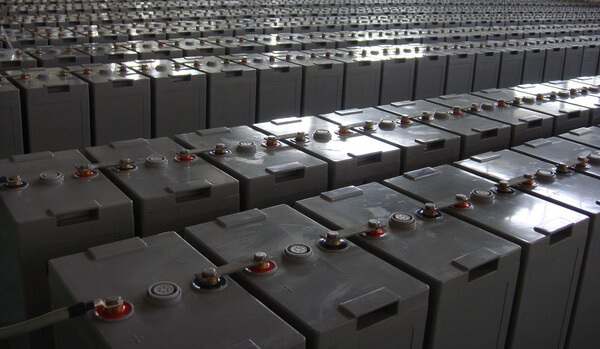
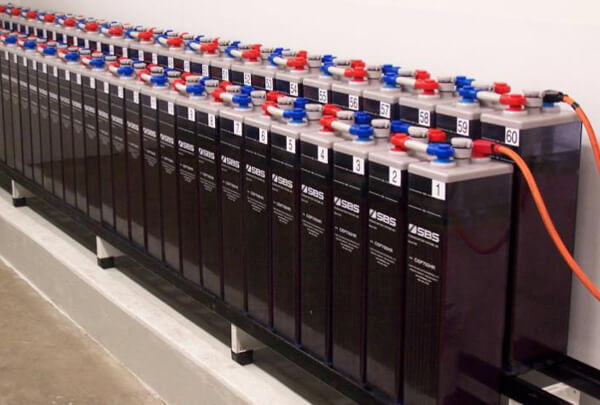
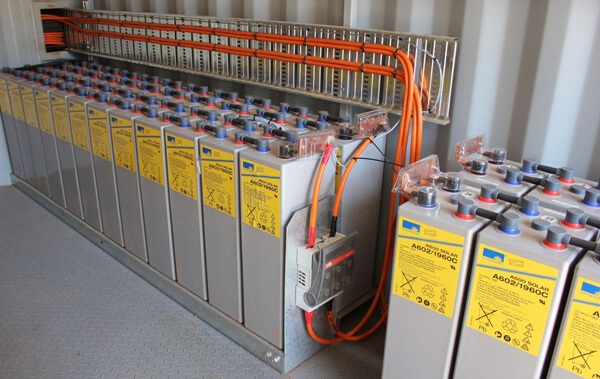
Options for different electricity consumption
The following is just for example, one cycle per day, without considering rainy days and other conditions.
Typical household Monthly 300kWh
Equals to around 10 kWh per day, Residential Powerwall 10kWh (51.2V200Ah), or LFP12V200Ah*4, or Deep Cycle AGM 12V200Ah*8 (50% DOD) are recommended.
Except for the wall-mounted type, all require a small battery rack with a space of about 0.5m*0.5m.
Monthly 150 kWh
Equals to 5 kWh per day, Residential Powerwall 5kWh, or LFP 12V200Ah*2, or Deep Cycle AGM 12V200Ah*4.
Monthly 600 kWh
In short, double as 300 kWh. 🙂
2 units of Residential Powerwall 10kWh.
Vacation Cabin for light or charge only
One battery of 12V200Ah, could be good enough.
Or 24V100Ah, 24V200Ah for occasional use.
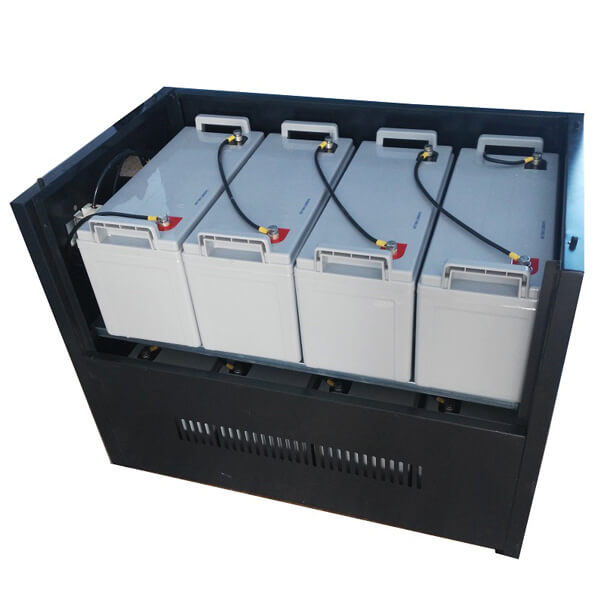
Advantages and Disadvantages of different types of Solar Battery
| Cost | Lifetime | DOD | Labor | |
| Deep Cycle AGM Battery | ☆ | ☆ | ☆ | ☆ |
| Tesla Powerwall | ☆☆☆☆☆☆ | ☆☆☆☆ | ☆☆ | |
| MonoBlock LiFePO4 Battery | ☆☆☆ | ☆☆☆ | ☆☆ | |
| Residential Powerwall | ☆☆☆☆ | ☆☆☆☆ | ☆☆ | |
| Flooded Lead Acid Battery | ☆ | ☆☆ | ☆ | ☆☆☆ |
Sealed Lead Acid Battery (Deep Cycle AGM Battery)
With reasonable prices and stable performance, deep cycle AGM battery is still a choice for a lot of customers.
The shortage is, for the developing economy, its cycle life is not as good as LiFePO4 battery.
Tesla Powerwall
Good-looking, only expensive.
MonoBlock LiFePO4 Battery (12V LFP)
MonoBlock LiFePO4 Battery is a type of LiFePO4 battery using Lithium Iron Phosphate technology, considered to be the safest li-ion battery.
LiFePO4 is more chemically stable, and it is incombustible, which means that it is not prone to thermal runaway, and remains cool at room temperature. It can also withstand high temperatures without decomposing, and it is not flammable.
Residential Powerwall
Residential Powerwall is now the most popular, with long lifespan and no maintenance.
With the BMS protection from all aspects, and the monitoring and communication function, it is considered as the safest, and longest lifespan option.
Flooded Lead Acid Battery
Best cost-worthy, but it takes too much maintenance.
Conclusion
If it’s about saving money, in the long run, saving effort, saving time, MonoBLock LiFePO4 battery and Residential Powerwall is definitely the best choice. Of course, it may be over your budget, then AGM deep cycle battery is also good, only the lifetime will be relatively short, 3-5 years to replace.
Flooded Lead Acid Battery is probably the first choice for professionals, regardless of maintenance expenses, the relative cost is the lowest.
Thank you for reading, I hope it helps. If you have any questions, please leave your comments below.

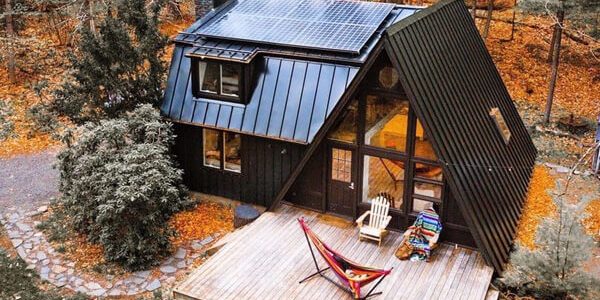

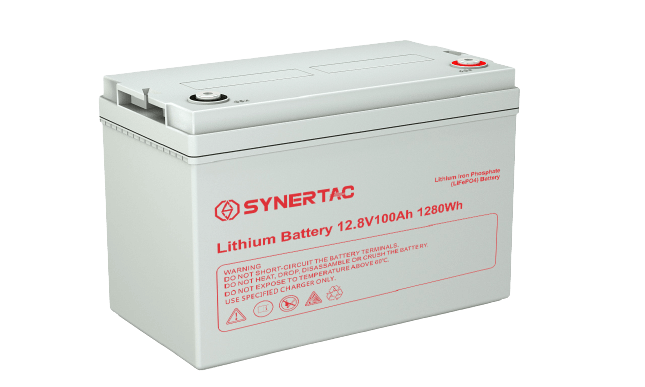
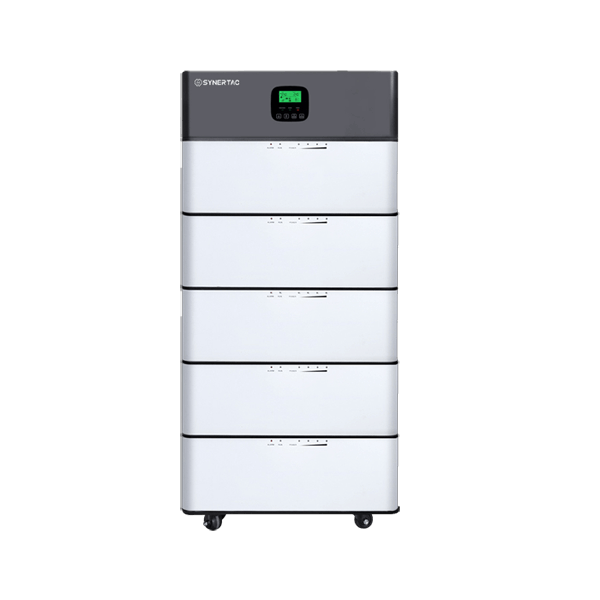

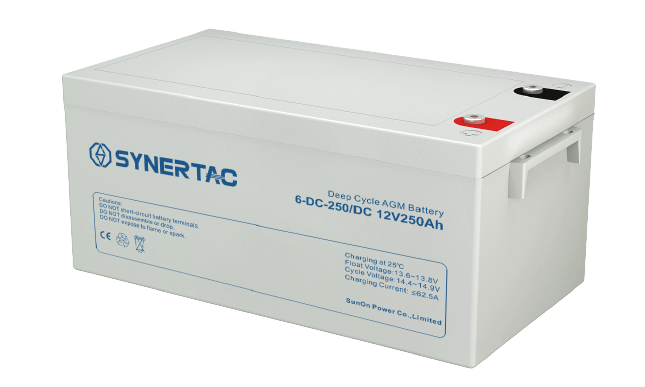
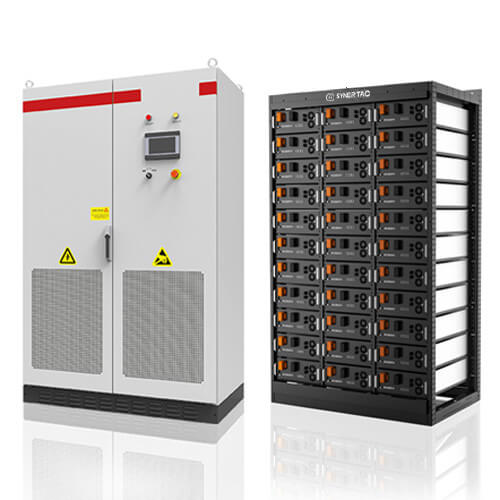


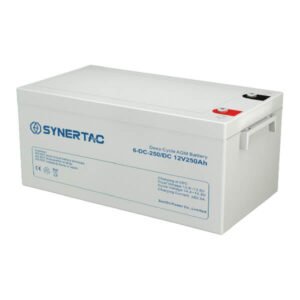


4 Responses
Very informative. A very reference in deciding which battery will suit your solar power system. Thank you.
Thanks, Chito.
Hi Andy this is another great post appreciate the information I have a question for you regarding the residential powerwall. I have an on grid solar system. do you think I could incorporate this residential power wall into the system? From my understanding the installer told me that if I want to add any sort of battery packs that I need to get a new inverter. So I guess I could use the residential power wall if I get the new inverter. But I spent a lot of money on the original inverter which I just bought last year so to me it doesn’t make sense to buy a new inverter. And at the time I have the system installed I did not realize that I could not just add batteries later without having to buy a whole new inverter. When I mentioned it to the installer they recommended that I could sell my on grid only inverter online but I don’t feel like dealing with all that. I don’t think we have residential power walls in my country anyway but we do have solar, mini wind turbines, and the other battery technology which you have discussed. thank you again.
Hi Rob,
There are inverters on-grid, off-grid, and hybrid type that supports both on-grid and off-grid functions.
On-grid inverter does not have battery storage, but feedback the electricity energy to the grid to get feed-in tariff.
Different types are for different purposes, battery storage is to use the energy at night and backup energy while the grid is off.
Where is your area?
Andy